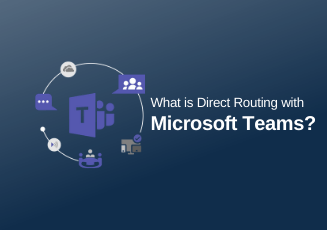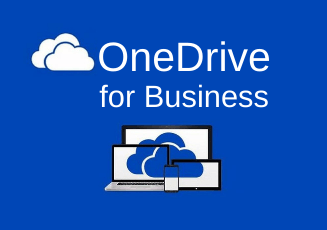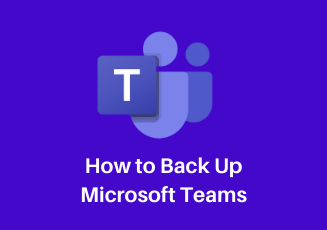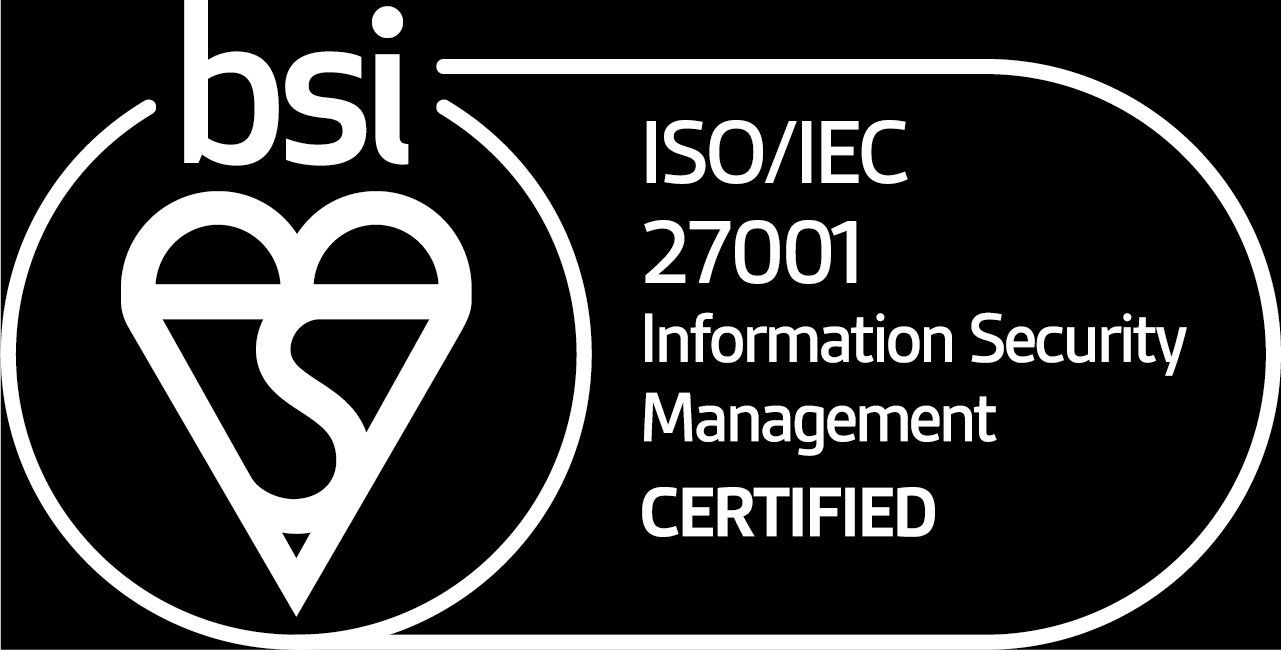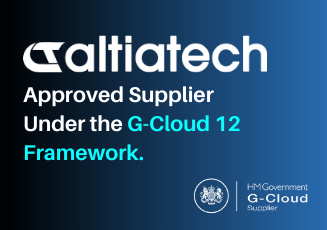
0330 332 5842
innovate@altiatech.com
7 Tips for Cloud Optimisation
Looking for ways to optimise your cloud? If you use any cloud service, the answer should always be yes.
If you're just starting your cloud journey, or you don’t have proper management of your cloud, then you could end up spending more than you actually need. We’ve compiled a list of 7 tips to help you track your cloud spend and optimise your cloud environment.
1. Start at the root of the problem.
The core issues for many organisations with cloud are - cloud resources, governance and budgeting. So let’s start at the beginning.
- Who is responsible for what cloud costs?
- How does your organisation evaluate if costs are acceptable?
- When do you address wasted spend?
Many organisations are solving this problem with a dedicated cloud centre of excellence (CCoE) team or department that’s committed to the business's use of cloud adoption, migration and optimisation. Ultimately, it’s an issue of cloud economics, which we outline below.
2. Leverage cloud optimisation tools and services
You can’t optimise the cloud without first monitoring cloud performance, and there are various tools to help you do this. Cost monitoring and optimisation tools are designed to give you the visibility and control you need to keep your monthly cloud bills in check.
However, only clear business goals and governance around cloud resources can guide an organisation to excel in its cloud optimisation. Working with a managed cloud service provider like Altiatech, we can help build your strategy and business contingency outcomes.
3. Tailor the cloud to suit your business
A common mistake many organisations make when moving to the cloud is to acquire more real estate than is actually needed. When companies do this, their estate can become underutilised, which results in the company wasting money.
Instead, you can modify your servers to accommodate your business needs, monitoring performance and gradually scaling down or up until you find the right fit. The same is also true with data storage. You’re charged based on the amount of storage you’ve allocated not just the amount you actually use.
4. Review your credit options
Each cloud provider will typically offer you plans to help you get credits towards your bill. By providing these credits, platforms like Azure, AWS and Google Cloud make it easier for you to start using their offerings.
5. Gain visibility and control overspend
If you’re going to optimise your cloud costs properly, you need to understand where your spending is going. And you also need to know what each resource is for – which means you need a systematic tagging strategy.
It would help if you tried to keep your strategy simple, start with three to five areas you want to that focus on, such as business unit, the product, the owner and the role. Aim to make your system as intuitive as possible. Moving forward, you can always become more granular as your system grows.
6. Identify Shadow IT
Shadow IT is when staff members independently install or use software without explicit IT department approval. It’s grown in the last few years due to the adoption of cloud-based applications, services and remote working.
While shadow IT can improve employee productivity and drive innovation, it can also introduce serious security risks to your organisation. According to a report by NetEnrich, shadow IT comprises of 20% - 40% of company technology funding. That makes for a considerable amount of usage that’s not being correctly tracked, resulting in several challenges when it comes to cloud optimisation.
Apart from the increasing costs, shadow IT can also compromise your security and lead to sensitive data leakage that could affect the reputation of your company.
Cloud service providers can offer solutions that help overcome shadow IT. At Altiatech, we can help you implement mobile app management measures, for example, to control app access and protect the cloud services your organisation uses.
7. Lastly, keep your finger on the pulse.
The most important tip when optimising for the cloud is to keep constant attention of what’s happening within your estate. The cloud is dynamic and continually evolving. Make sure you’re in a position to properly manage alerts and have the time and resources to respond appropriately. In fact, you may want to consider appointing a dedicated team to help you with optimising the cloud!
As the cloud becomes more integral to the success of most businesses, optimising your cloud will only become more critical.
Managing cloud costs can be overwhelming, but it doesn’t have to be that way!
We have a Cloud Centre of Excellence (CCoE) Team ready to implement these tips and several others to help you start optimising your cloud environment.
Feel free to reach out to our CCoE team at cloudeconomics@altiatech.com for more advice.






